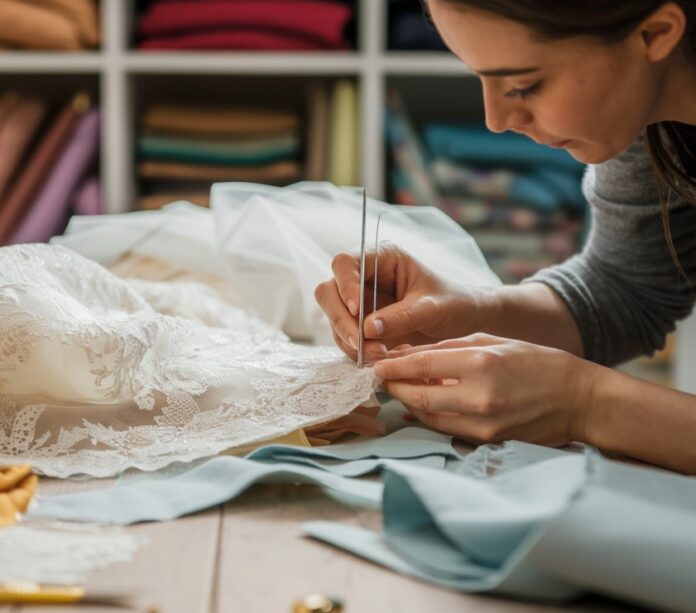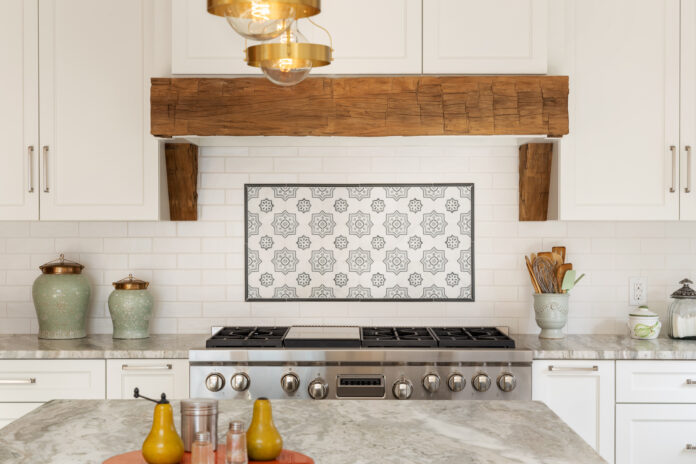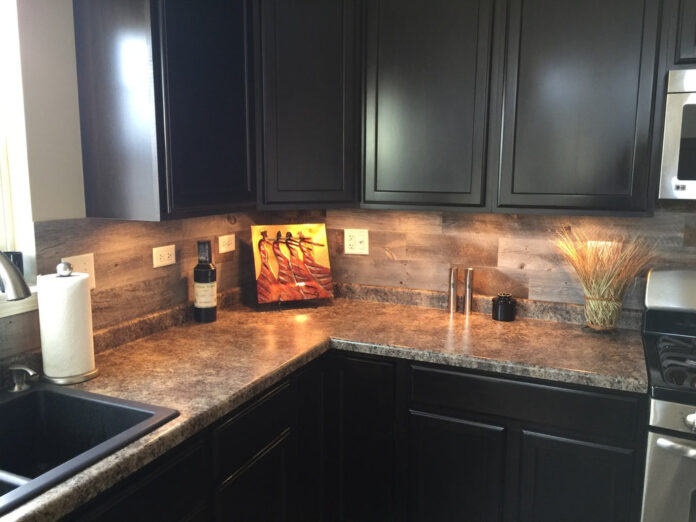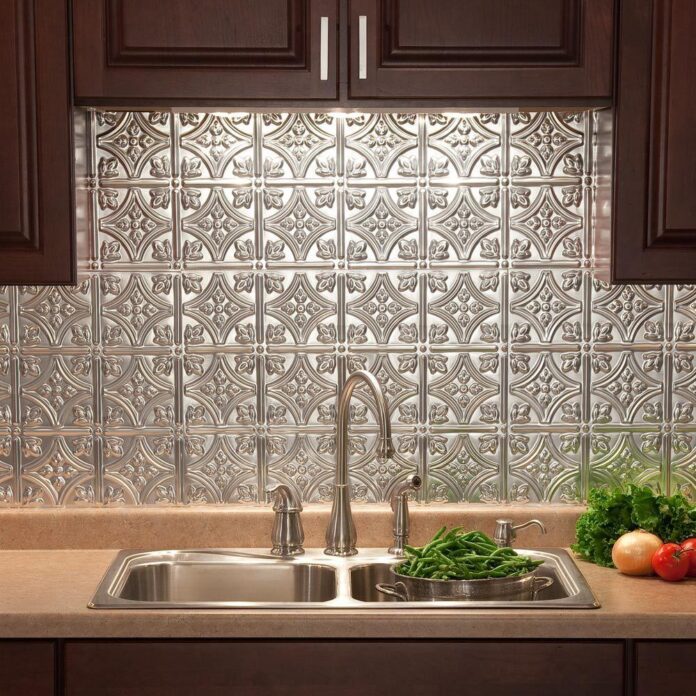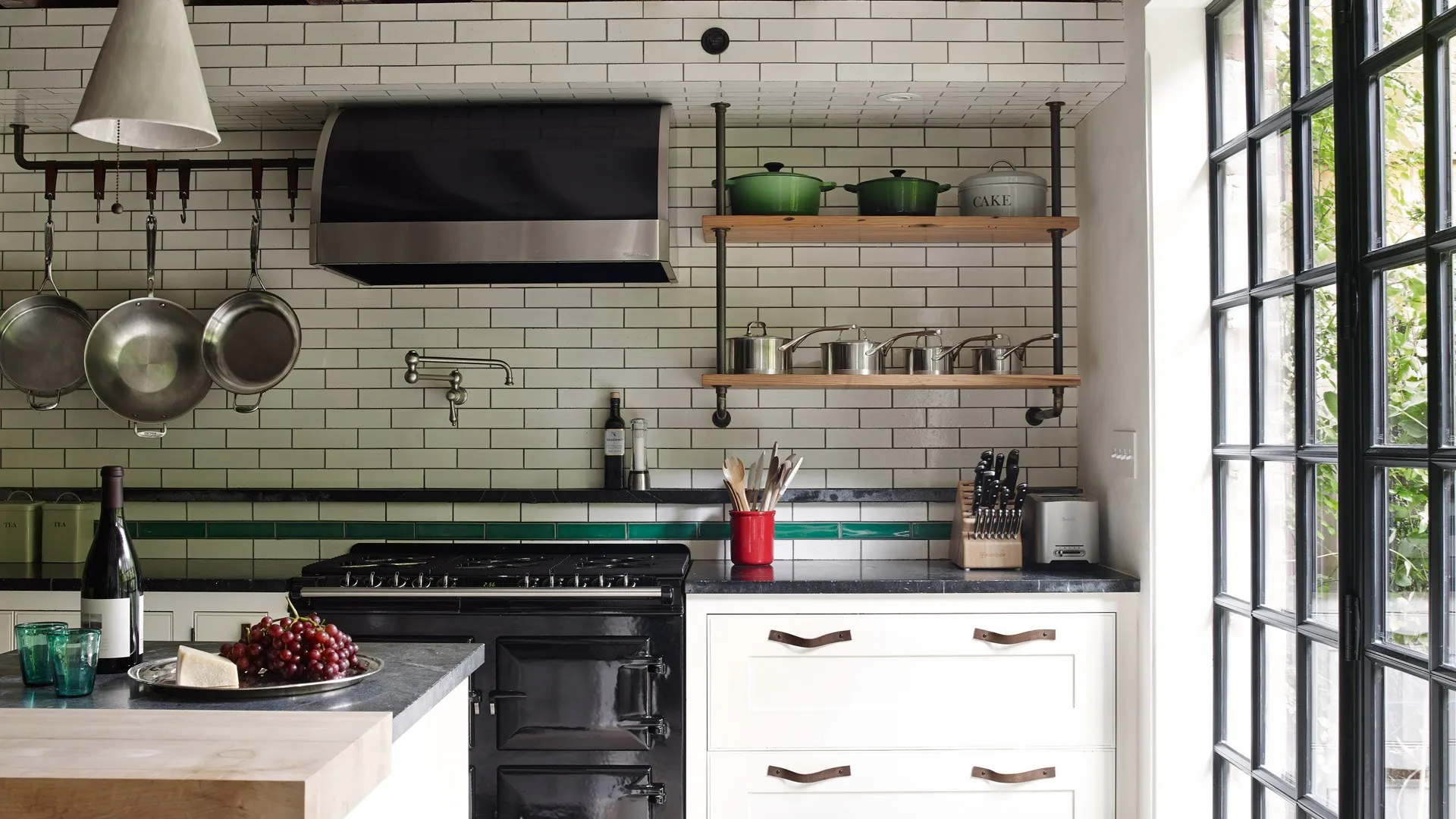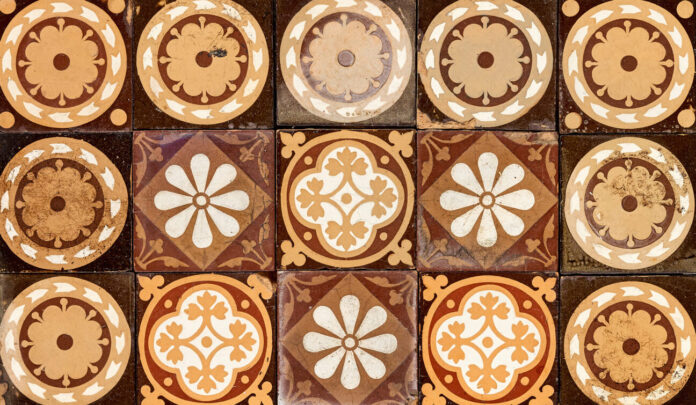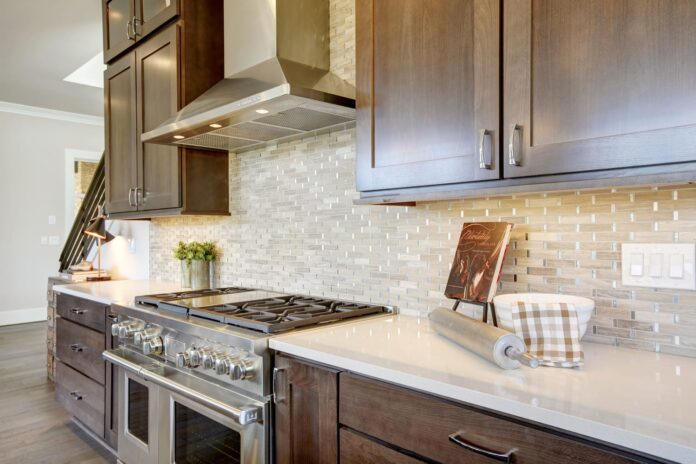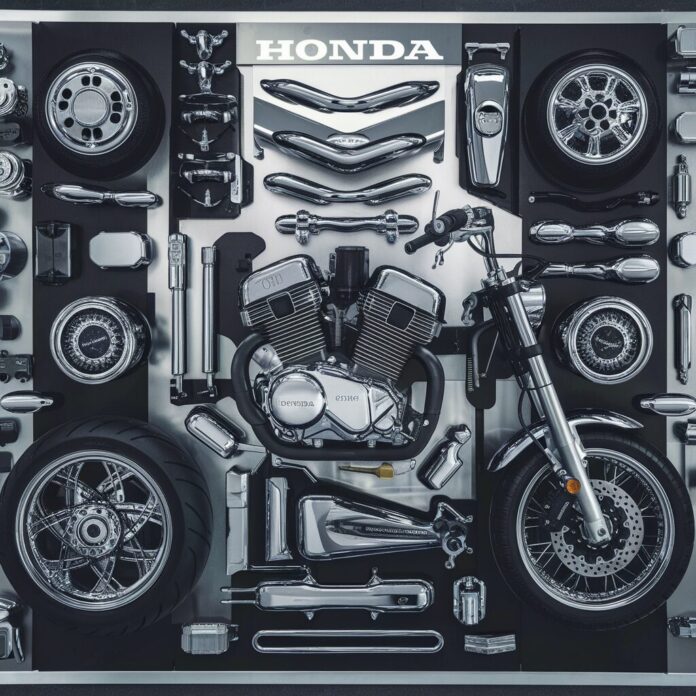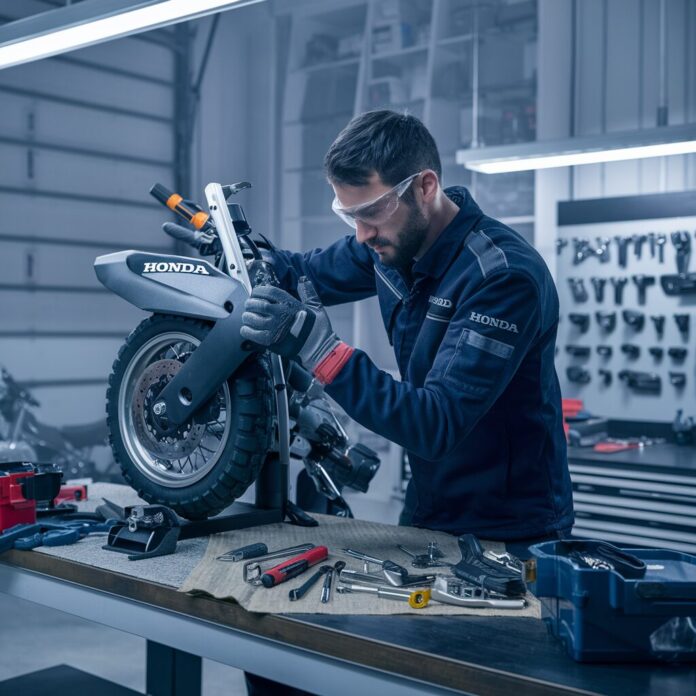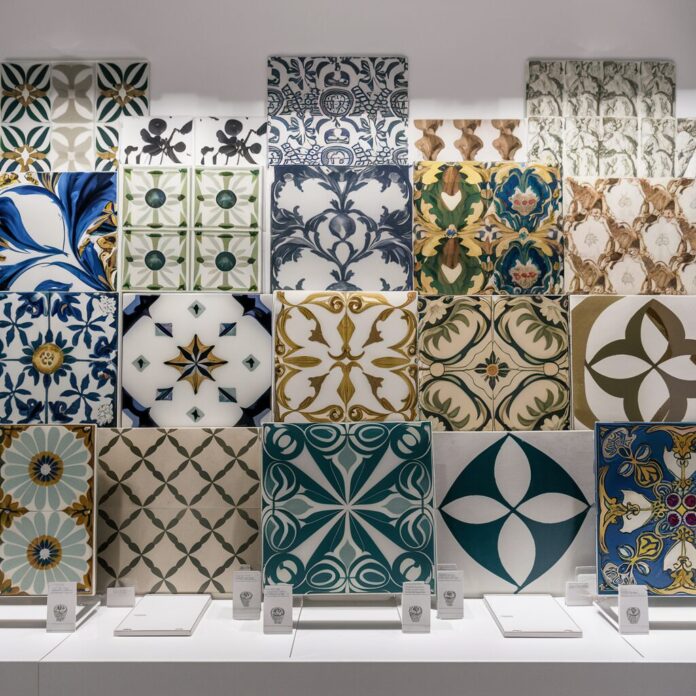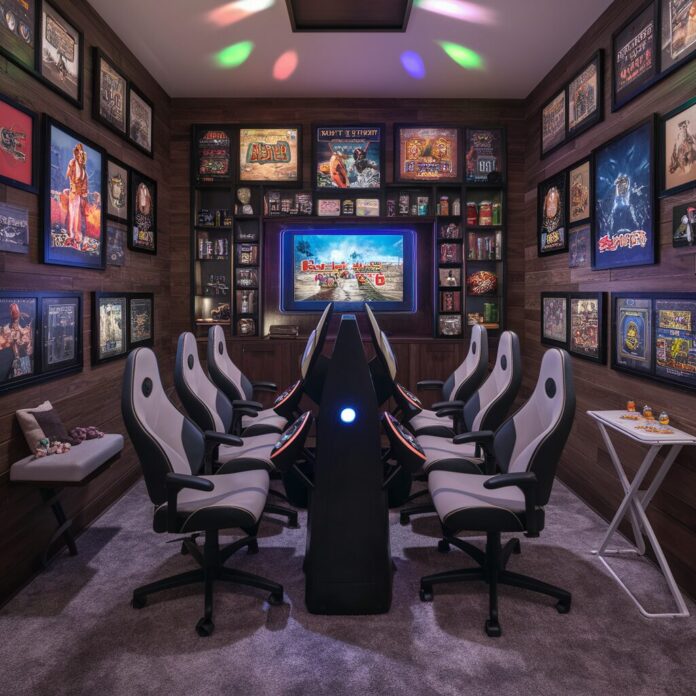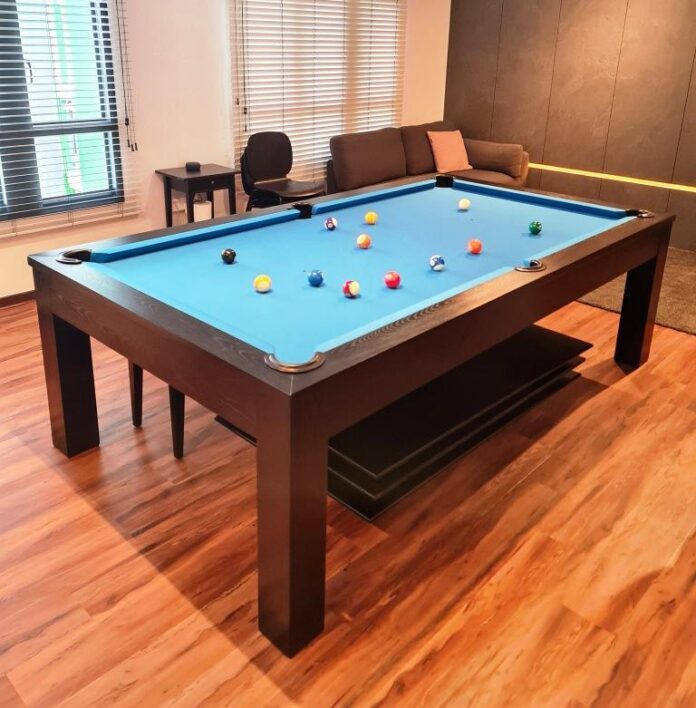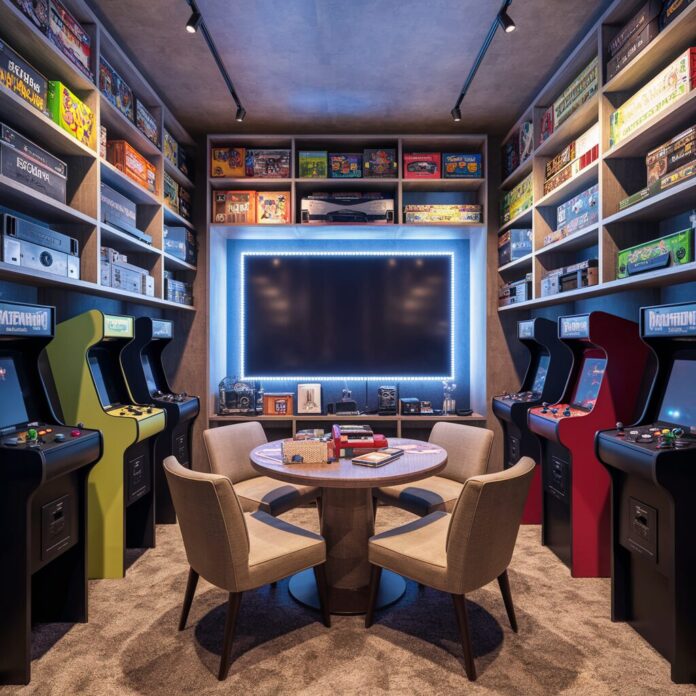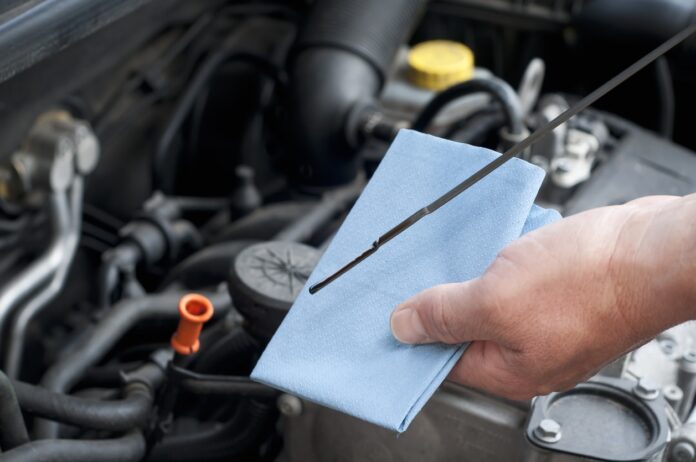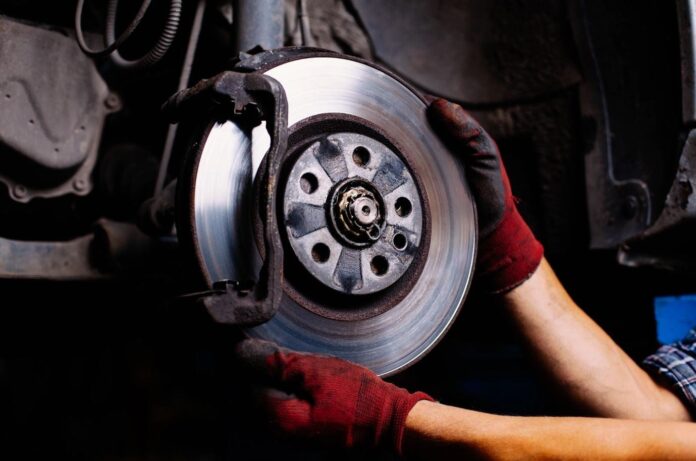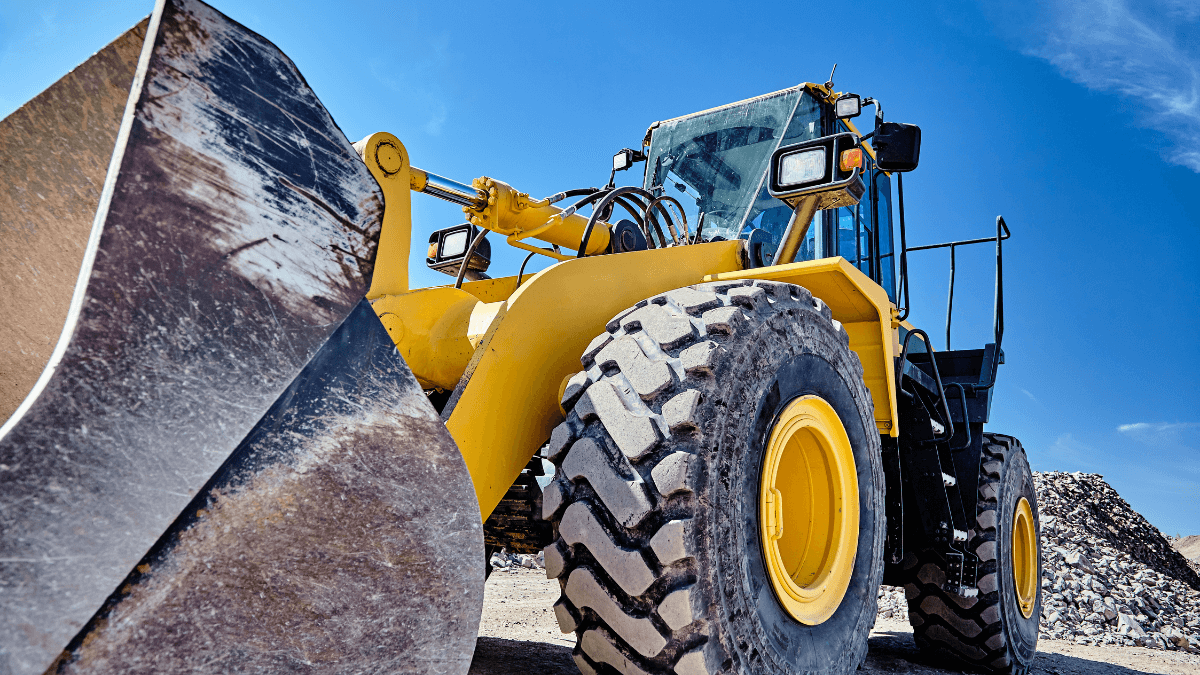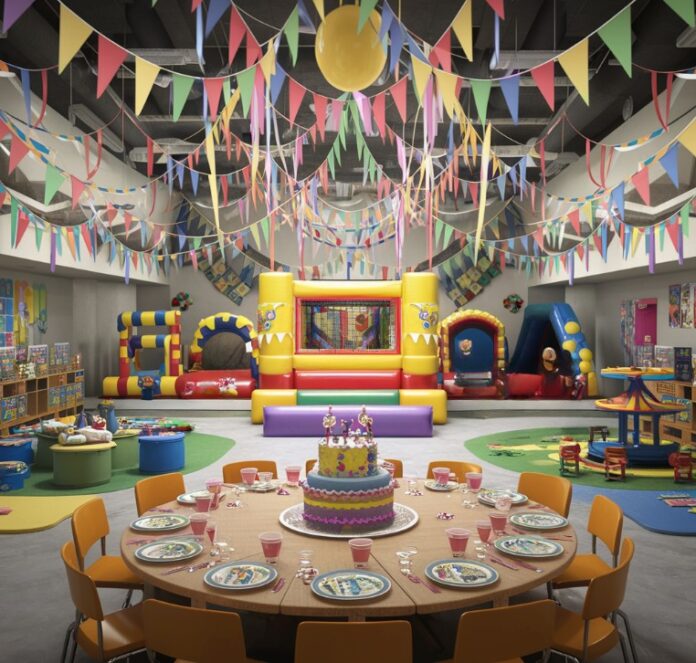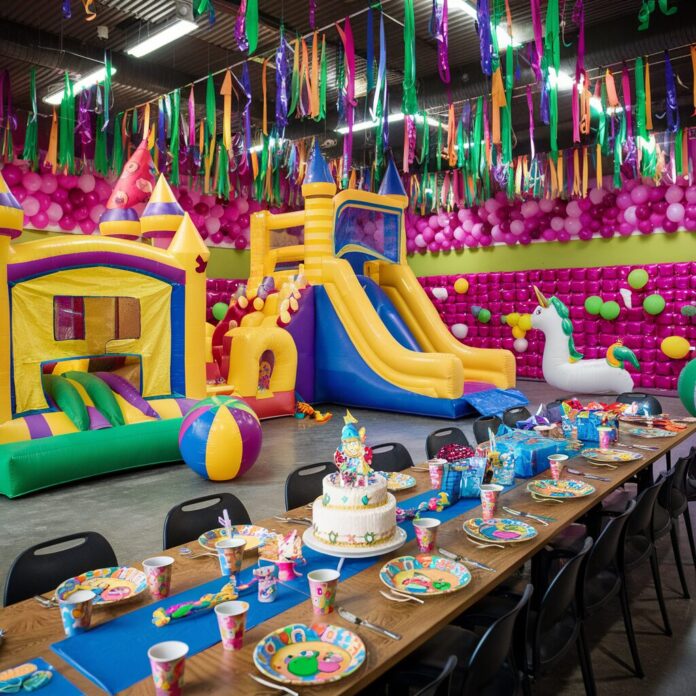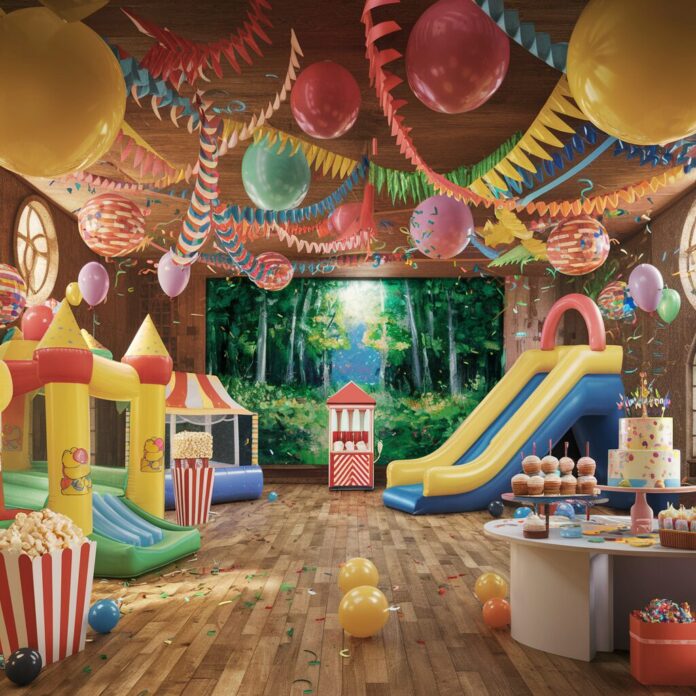Alright, let’s dive into the world of DIY bridal alterations, where the stakes are as high as the heels at a wedding. Imagine this: your special day is approaching, you’ve found the perfect dress, but it just needs a few tweaks. Sounds simple, right? Well, hold onto your veils because things might just get a bit bumpy.
Scissors and Tears
First off, cutting into a wedding dress isn’t like snipping into an old T-shirt. These gowns are complex which is why you’d usually hire a bridal seamstress! They come with layers, intricate lace, and sometimes beads that laugh in the face of your sewing kit.
Unless you’re as skilled with a needle as you are with a Netflix binge, you might want to think twice. A wrong cut here and an accidental snip there, and voila! Your dress now has a personality you never intended.
Sew What?
Let’s say you’re feeling brave and decide to tackle sewing. Bridal fabrics aren’t your everyday cotton or polyester—they’re more like the divas of the fabric world.
Think silk, satin, and chiffon, which can be slippery, stretchy, or just stubborn. Getting them to stay put long enough to sew a straight seam is like trying to keep a puppy calm during a thunderstorm.
Fitting Frenzy
Assuming you’ve got the sewing part down, next comes fitting the dress to your body. This can be trickier than convincing your grandma that you really do like her fruitcake. It’s all about proportions, and if you don’t have a buddy who’s good with a tape measure, you might end up with a dress that fits perfectly… on your cat.
The Time Tick
Remember, altering a wedding dress isn’t a weekend project. It’s a race against the clock, filled with late nights, early mornings, and the realization that you’ve binge-watched two seasons of a show instead of working on the dress. Time has a sneaky way of slipping through your fingers when you’re trying to beat the wedding bell.
The Cost of Saving
Here’s a fun fact: DIY alterations might seem like a wallet-friendly option at first. But add up the cost of materials, tools, potential do-overs, and emergency take-it-to-a-professional-ASAP moments, and your budget might start sweating bullets.
The Final Stitch
So, after all that, if your dress comes out looking more ‘haute mess’ than ‘haute couture,’ remember—you’ve got a great story to tell.
If you’re not up for the challenge, maybe let the pros handle this one. They have the skills, the tools, and probably a better relationship with those fussy bridal fabrics than you do.
Thread and Tears: The Emotional Rollercoaster
Embarking on the journey of DIY bridal alterations not only tests your sewing skills but also your emotional bandwidth. The process can be a rollercoaster, from the highs of successfully threading a needle through layers of tulle to the lows of realizing you’ve just stitched the sleeve to the skirt. Stress and tears may become just as much a part of your wedding prep as choosing the playlist.
Community and Forums: A Double-Edged Sword
In the age of the internet, advice is never more than a few clicks away. You might find yourself in the depths of bridal forums at 2 a.m., seeking solace among strangers who’ve also decided to take a pair of scissors to something that costs more than a month’s rent. While community advice can be invaluable, it can also be conflicting. One person’s success story with a certain type of stitch could be another’s unraveling nightmare.
The YouTube Tutorial Trap
It’s easy to fall into the trap of thinking that if someone on YouTube can do it, so can you. However, what’s often not shown between the jump cuts and time-lapses are the years of experience that person may have. A video tutorial might make altering a bridal gown look as easy as pie, but the reality is far from it. Without the right experience, you might find that the gaps in these tutorials lead to gaps in your gown.
Tools of the Trade: More Than Just a Needle and Thread
If you decide to go down the DIY route, you’ll quickly find that your basic sewing kit won’t make the cut. Bridal alterations often require specialized tools like fabric-specific needles, bodkins, or even a dress form that matches your specific body measurements. These tools can be costly, and without them, achieving a professional look is even harder.
Trial, Error, and the Backup Plan
Smart DIY-ers know that having a backup plan is crucial. Whether it’s additional fabric to patch up mistakes or a local tailor on speed dial, being prepared for errors is part of the process. No matter how many tutorials you watch or how many forums you consult, it’s important to recognize when you’re in over your head and need to call in a professional to salvage your masterpiece.
Bridal Buddy System: Don’t Go It Alone
One of the biggest tips for DIY bridal alterations is to never go it alone. Having a friend or family member who can offer a second set of eyes or even just moral support can make a big difference. They can help with fittings, give honest feedback, and even step in with a steady hand when you’re too frustrated to sew a straight line.
Managing Expectations: The Key to DIY Success
The difference between a successful DIY alteration and a bridal disaster often comes down to managing expectations. Understanding your own skill level and having realistic goals about what you can achieve is crucial. It’s better to aim for simple alterations that are within your skill set than to attempt complex changes that could end in disaster.
The Satisfaction of a Personal Touch
Despite all the potential pitfalls, there’s a unique satisfaction that comes from putting personal touches on your wedding dress. Whether it’s sewing in a piece of your mother’s wedding veil or adding custom embellishments, these additions can make your gown truly one-of-a-kind. If done successfully, the pride that comes with saying “I altered it myself!” can be one of the most rewarding parts of your wedding experience.
